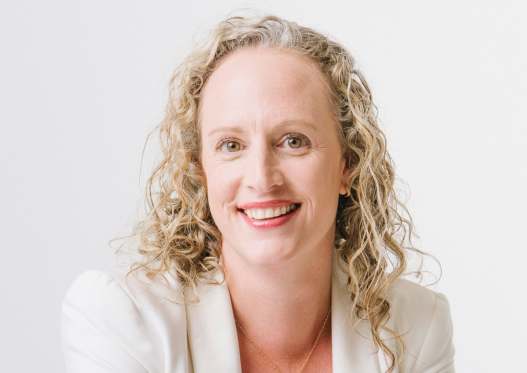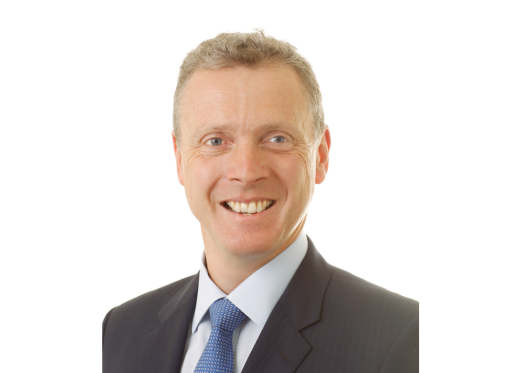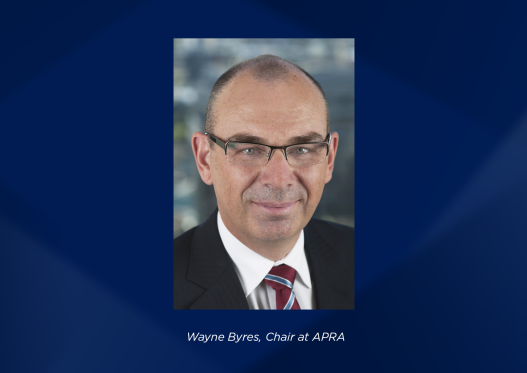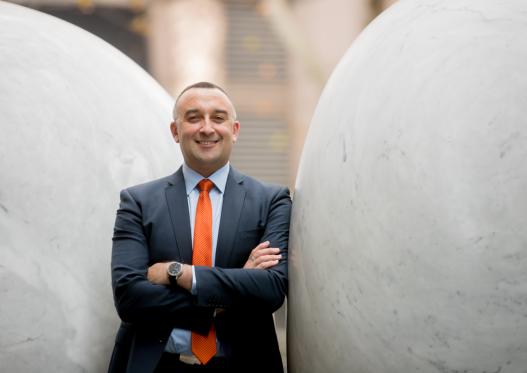The corporate banker, who is one of the first FINSIA graduates of the Certificate in Green and Sustainable Finance, talked to InFinance about the course and highlighted how it offers important insights for all levels of the industry.
FINSIA Fellow Marcus said: “I have always been interested in sustainability, having been introduced over 30 years ago to the UN’s sponsored Brundtland Report – also called Our Common Future – which was released in the late 1980s and became the template for today’s UN sustainable development goals.
“Looking at how changes to the climate and environment contributed to the bushfires in 2019-20, it really made me think more needs to be done by us all.
“Watching frontline workers and the support they provided to their communities, I thought climate finance was an area where I could look to make a contribution to society.
“Climate change is really a big challenge and we can't as an industry skirt around what is happening.
“Everyone who's entering our industry should take a look at climate related issues, the short and long term impact it will have on society and our industry, and what we can learn from courses like this. It’s applicable to everyone from graduates and new entrants to the C-suite and the Board.”
While Marcus noted his firm has been well-advanced in looking at finance through a sustainability lens, he says the course catalysed the need to play an even more rigorous role.
“The course has helped me to think about other things that we in the industry could be doing to deliver a more sustainable industry. I've always worked on the loan side of the balance sheet but the course showed me that there are also opportunities on the liability side such as the need for green deposits.
“It also made me take stock and think about the need to green processes within organisations.
“Looking back a decade, we used to go and physically sign Syndicated Facility Agreements. They’d have a 200-page loan agreement, a security trustee agreement of 150 pages, and then 20 copies of each of these agreements were printed up to be signed by all parties.
“That is not really a sustainable practice. If the industry really wants to be serious about sustainability, we have to ensure these practices no longer happen.”
With suggestions that between $4.5 and $6 trillion p.a. in green and transition financing is needed up until 2050 to limit global warming to 1.5°C below pre-industrial levels and to reach net-zero carbon, Marcus does see opportunities for finance to play its part.
“There are many ways that you can develop green products of interest to your customers. I’m not aware of a retail green deposit product in Australia," he said
“For millennials and other socially conscious savers, this is a product they may be interested in. And if you're looking at sustainability from an operational point of view, we have to look at how we green our internal operations?”
Even though Marcus notes the interest in demand for “green finance” amongst the younger demographic, he also thinks the course is applicable to an older generation.
“For the older generation generally the impact of climate change on our industry hasn't really been a focus for us through the early parts of our careers,” he says.
“So I think they would benefit from the course to help them actually understand what we are looking at here as a society. They are the drivers of power within their organisations, developing the strategy for their businesses. They are the ones that can set the culture from above.
“But I also believe this course and others like it should become an essential part of any applied finance degree going forward."








